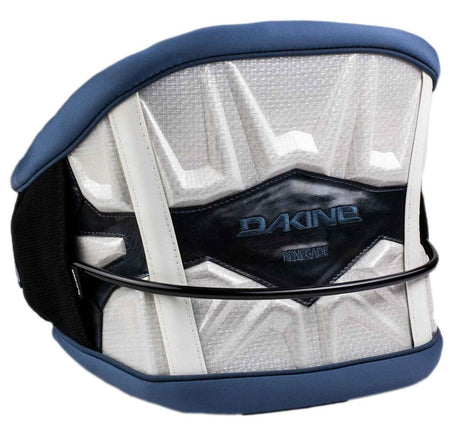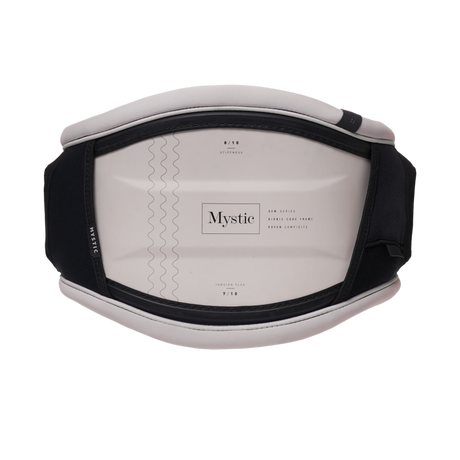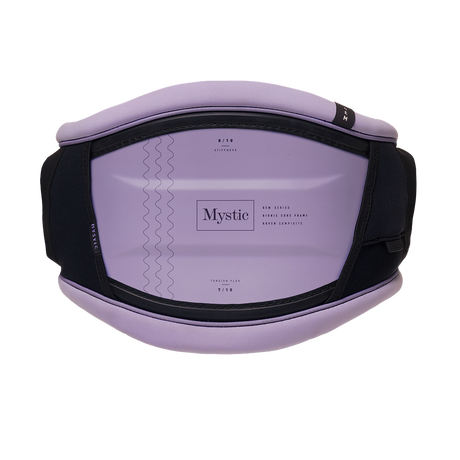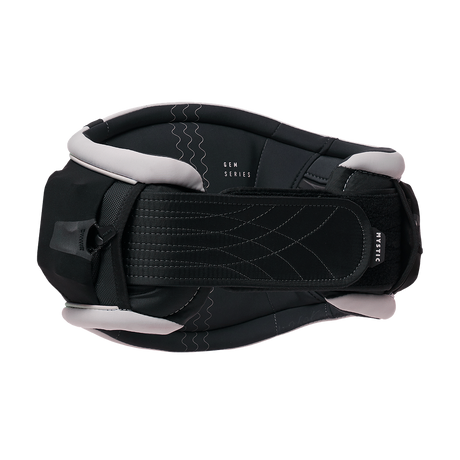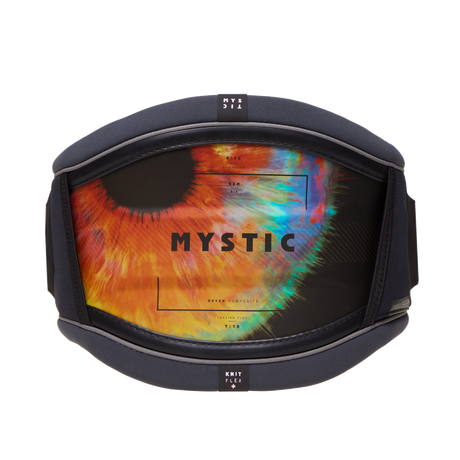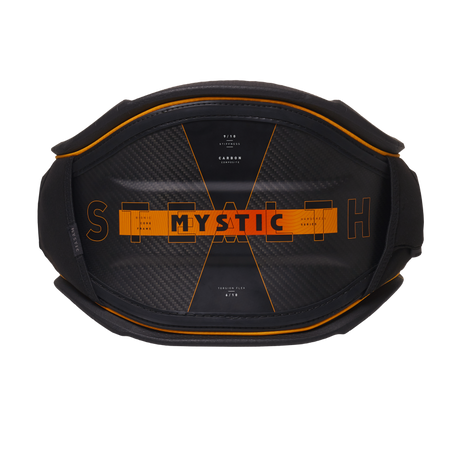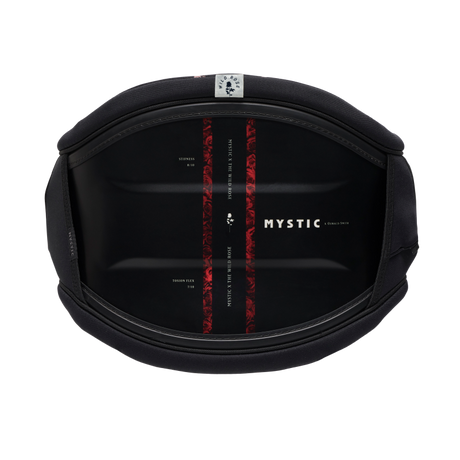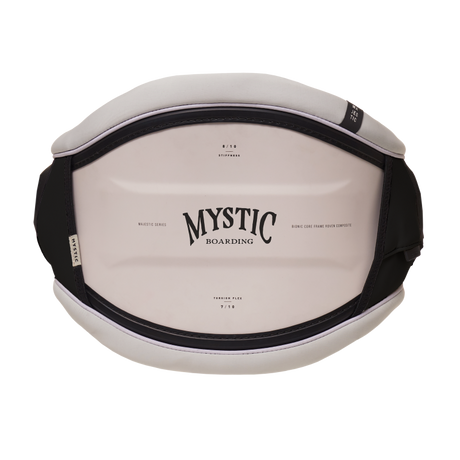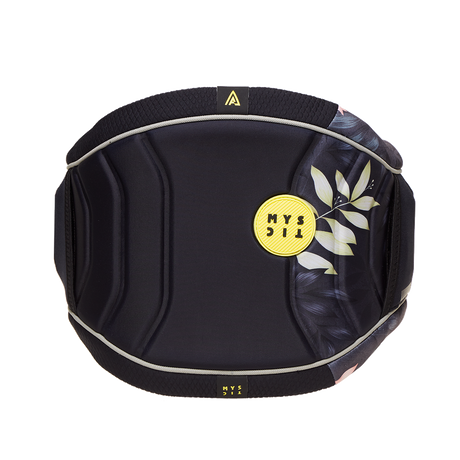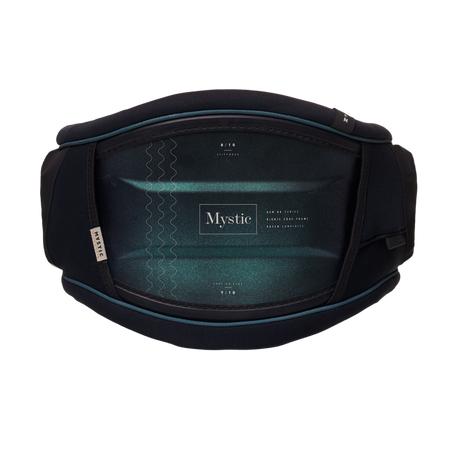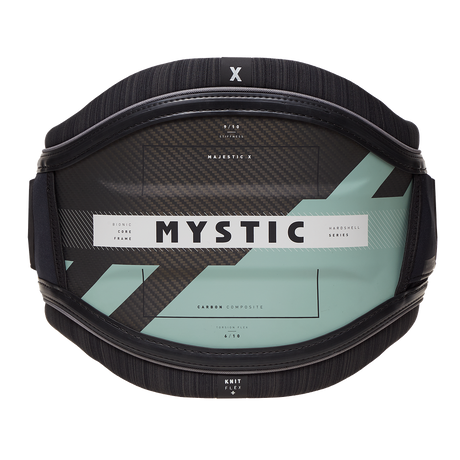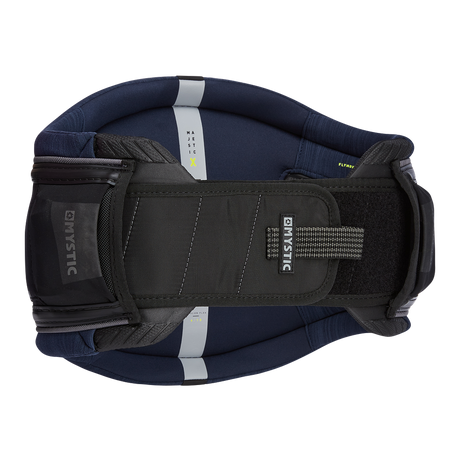Compra online los productos al mejor precio de Waist Harness Kitesurf en Surfoon. Mejores precios del sector y un servicio al cliente excepcional. Disfruta de envío gratuito a partir de 50€ en toda España y Europa.
Waist Harness Kitesurf
Dakine
Kitesurf Harness Wing T-9 CLASSIC SLIDER HARNESS 2021 Dakine
€200,99€358,99
44% de descuentoUnit price /UnavailableMystic
Warrior Mystic Waist Harness
In stockFrom €249,99€259,99
3% de descuentoUnit price /UnavailableSurfoon
AK HARNESS METHOD V3 RS BLACK & TEAL CARBON - WITH RATCHET SPREADER BAR KITESURFING HOOK
Low stock (5 units)€469,00Unit price /UnavailableDakine
Kitesurf Harness WAHINE HARNESS 2021 Dakine
From €110,99€118,99
6% de descuentoUnit price /UnavailableDakine
Kitesurf Harness VEGA DLX HARNESS 2021 Dakine
€120,70€201,16
39% de descuentoUnit price /UnavailableDakine
Kitesurf Harness CHAMELEON HARNESS 2021 Dakine
€119,97€199,95
40% de descuentoUnit price /UnavailableDakine
Kitesurf Harness RENEGADE HARNESS 2021 Dakine
€137,96€229,95
40% de descuentoUnit price /UnavailableDakine
Kitesurf Harness RENEGADE TRAVELIGHT HARNESS 2021 Dakine
€143,40€239,00
40% de descuentoUnit price /UnavailableMystic
Kitesurf Harness Gem JL Waist Women Mystic
In stock€149,00€349,99
57% de descuentoUnit price /UnavailableMystic
Kitesurf Gem Waist Harness Women Mystic 2024
Low stock (6 units)€299,99€359,99
16% de descuentoUnit price /UnavailableMystic
Kitesurf Harness Gem Bruna Kajiya Women Mystic
In stock€149,00€349,99
57% de descuentoUnit price /UnavailableMystic
Ydwer Mystic Waist Harness
Low stock (4 units)€269,99€379,99
28% de descuentoUnit price /UnavailableMystic
Stealth Waist Harness 2023 Mystic
In stock€363,99€459,99
20% de descuentoUnit price /UnavailableMystic
Majestic OS 2024 Mystic Waist Harness
In stockFrom €250,99€379,99
33% de descuentoUnit price /UnavailableMystic
Majestic 2024 Mystic Waist Harness
In stock€340,99€369,99
7% de descuentoUnit price /UnavailableMystic
Majestic 'Dirty Habits' Mystic Waist Harness
In stockFrom €160,00€379,00
57% de descuentoUnit price /UnavailableMystic
Jax Women's Mystic Waist Harness
In stock€184,99€249,99
26% de descuentoUnit price /UnavailableMystic
Women's Mystic Waist Harness
In stock€177,99€259,99
31% de descuentoUnit price /UnavailableMystic
Gem BK Women's Kitesurf Harness Mystic
€279,99€369,99
24% de descuentoUnit price /UnavailableMystic
Kitesurf Harness Gem Bruna Kajiya Women 2023 Mystic
€339,99€369,99
8% de descuentoUnit price /UnavailableMystic
Majestic X 2024 Mystic Waist Harness
€299,99€429,99
30% de descuentoUnit price /Unavailable






















